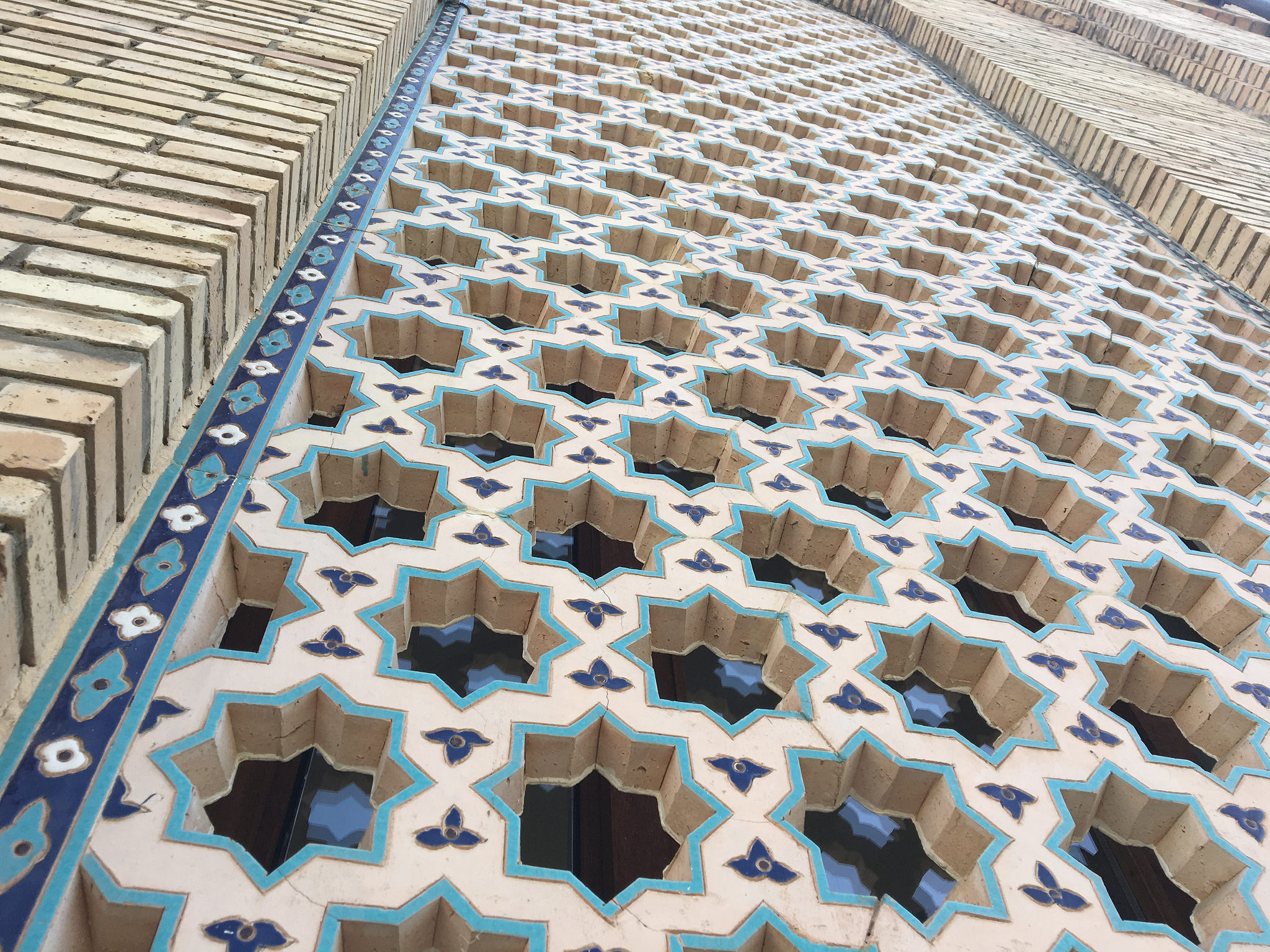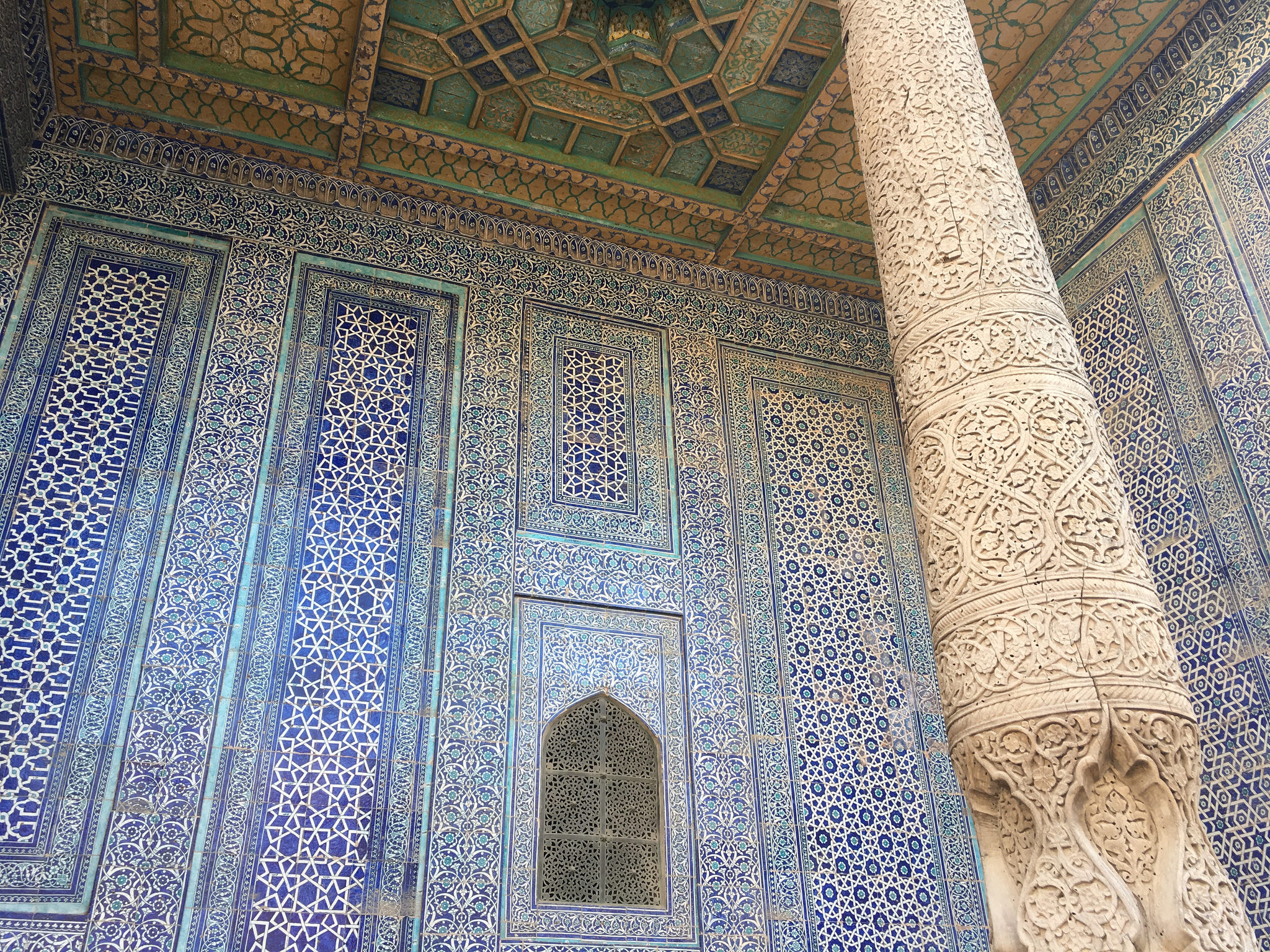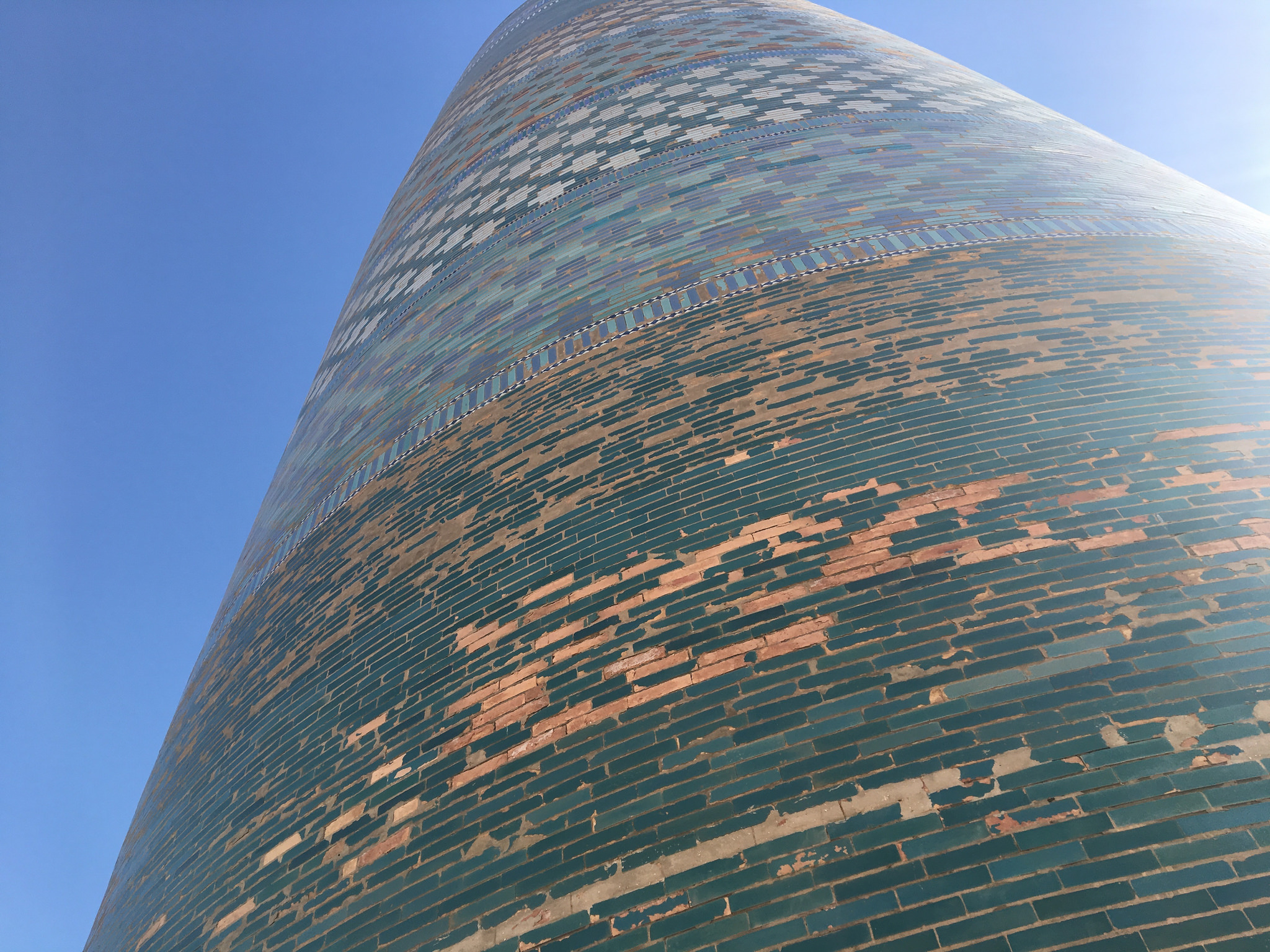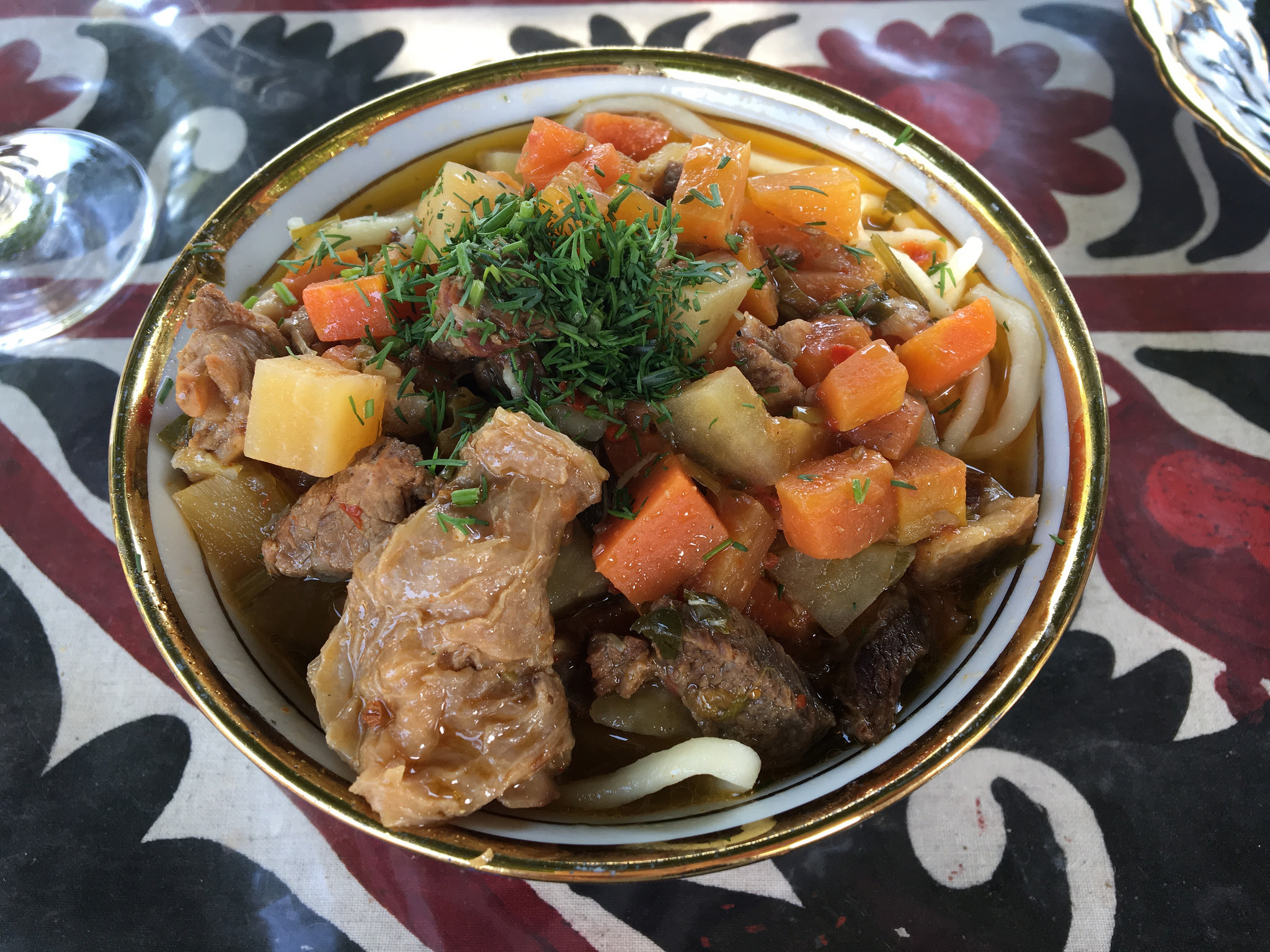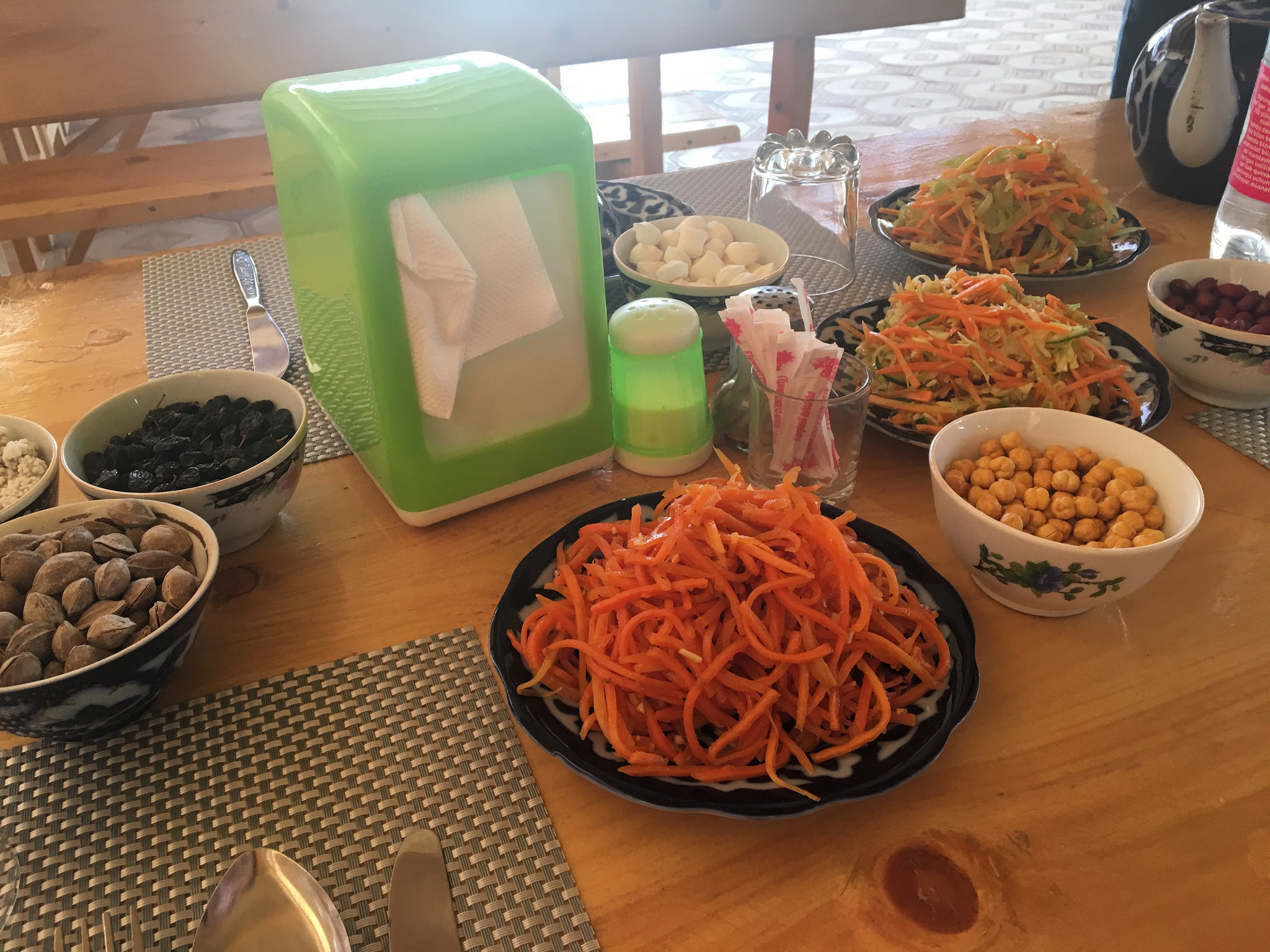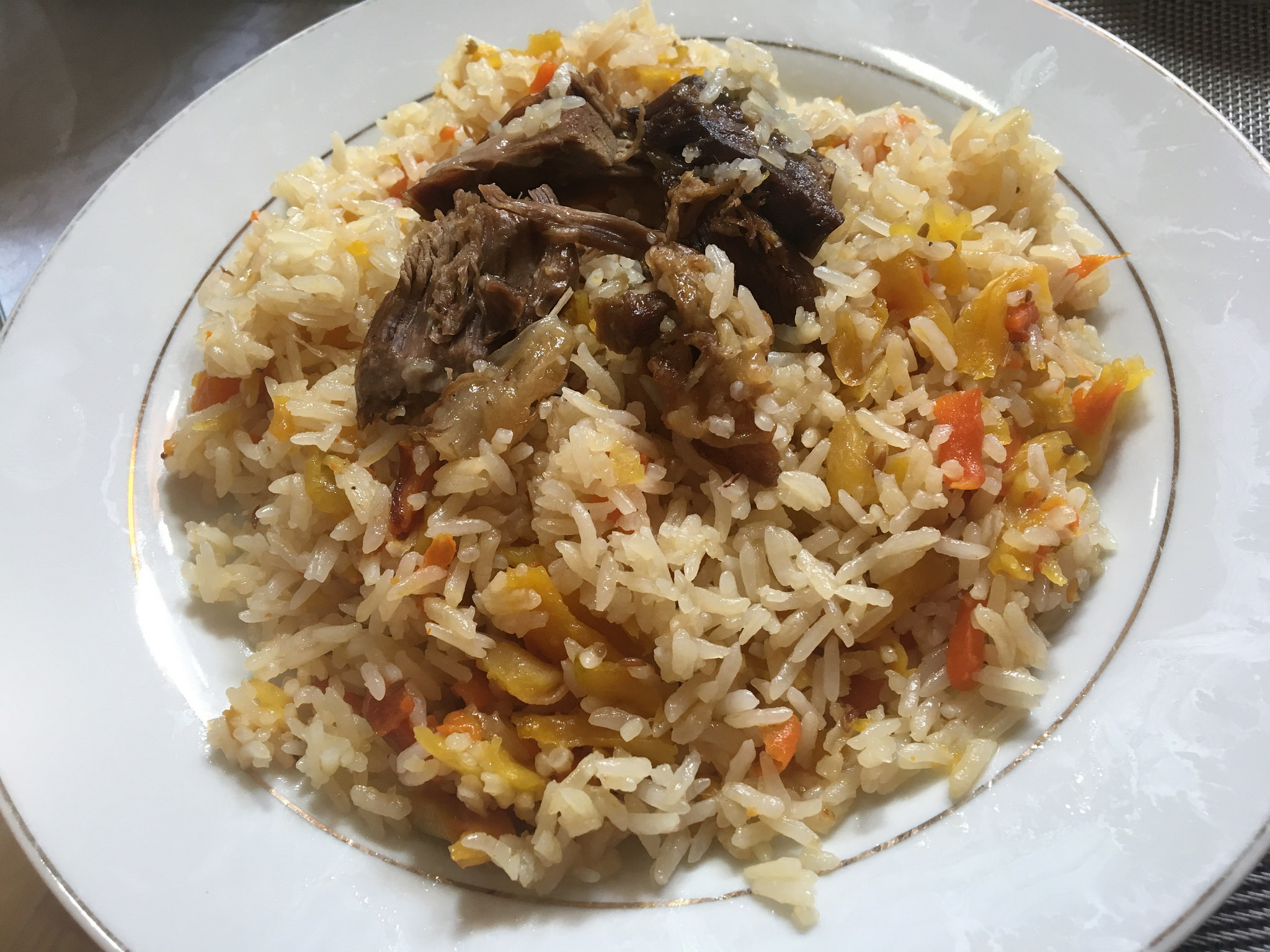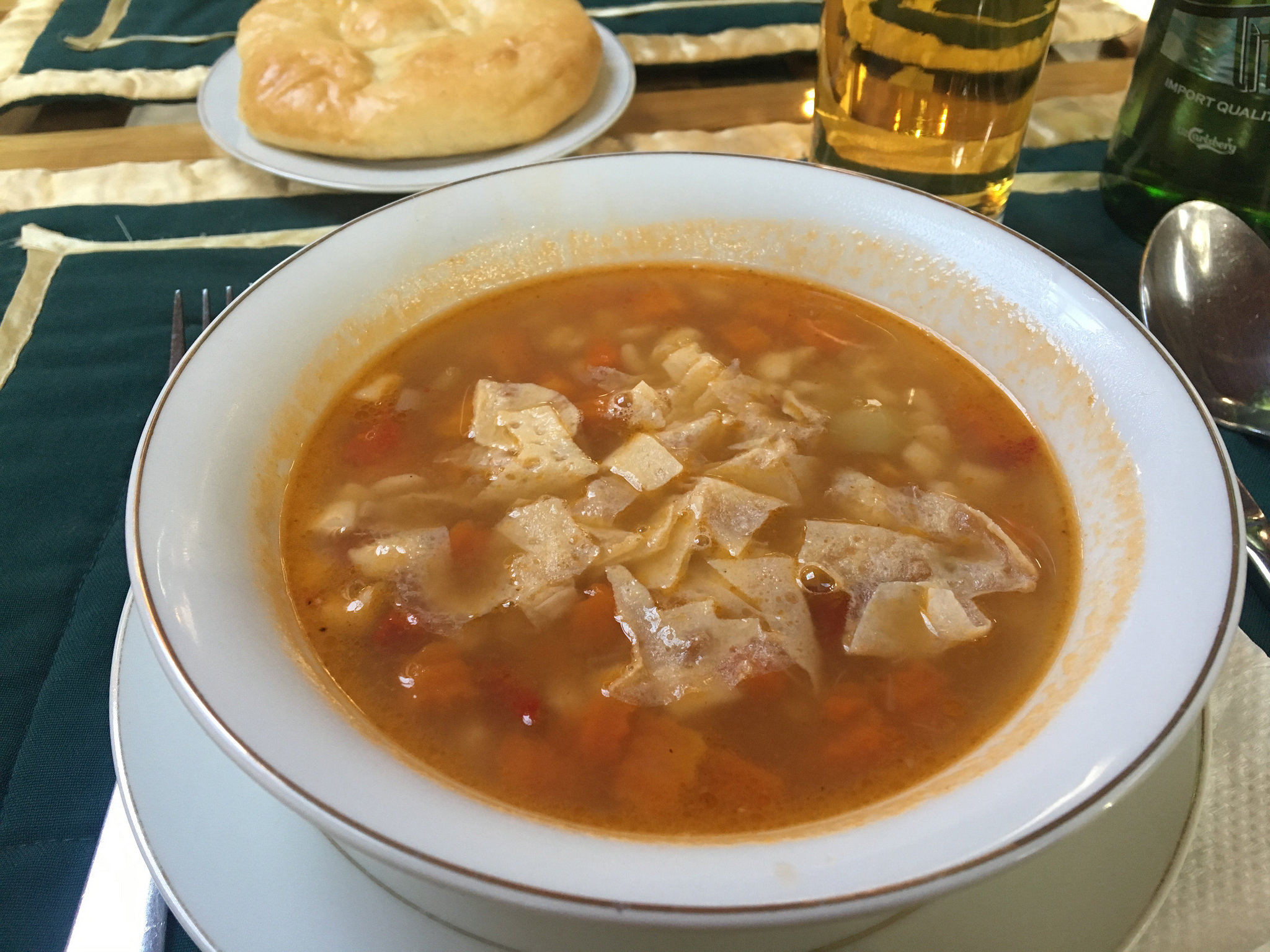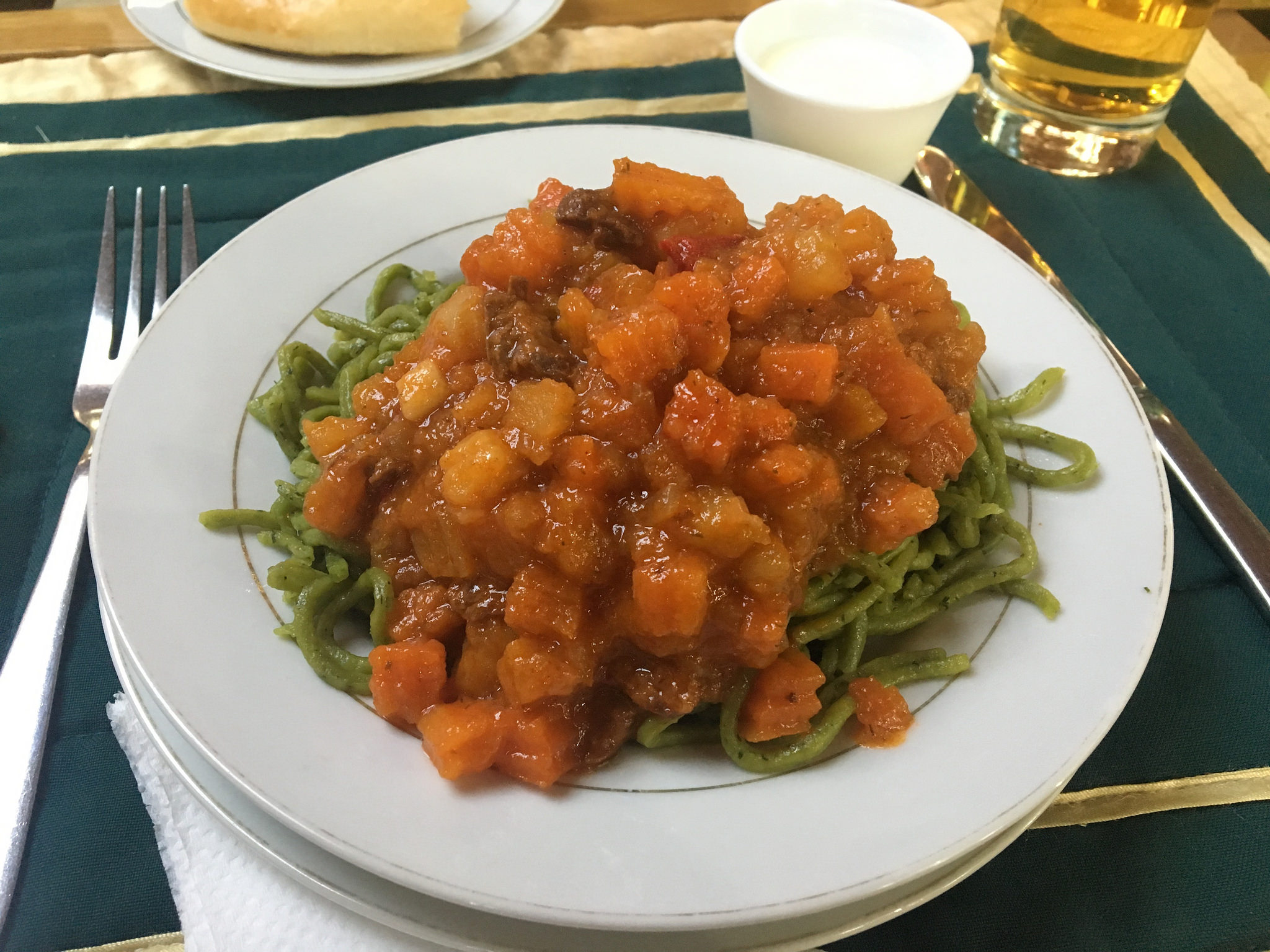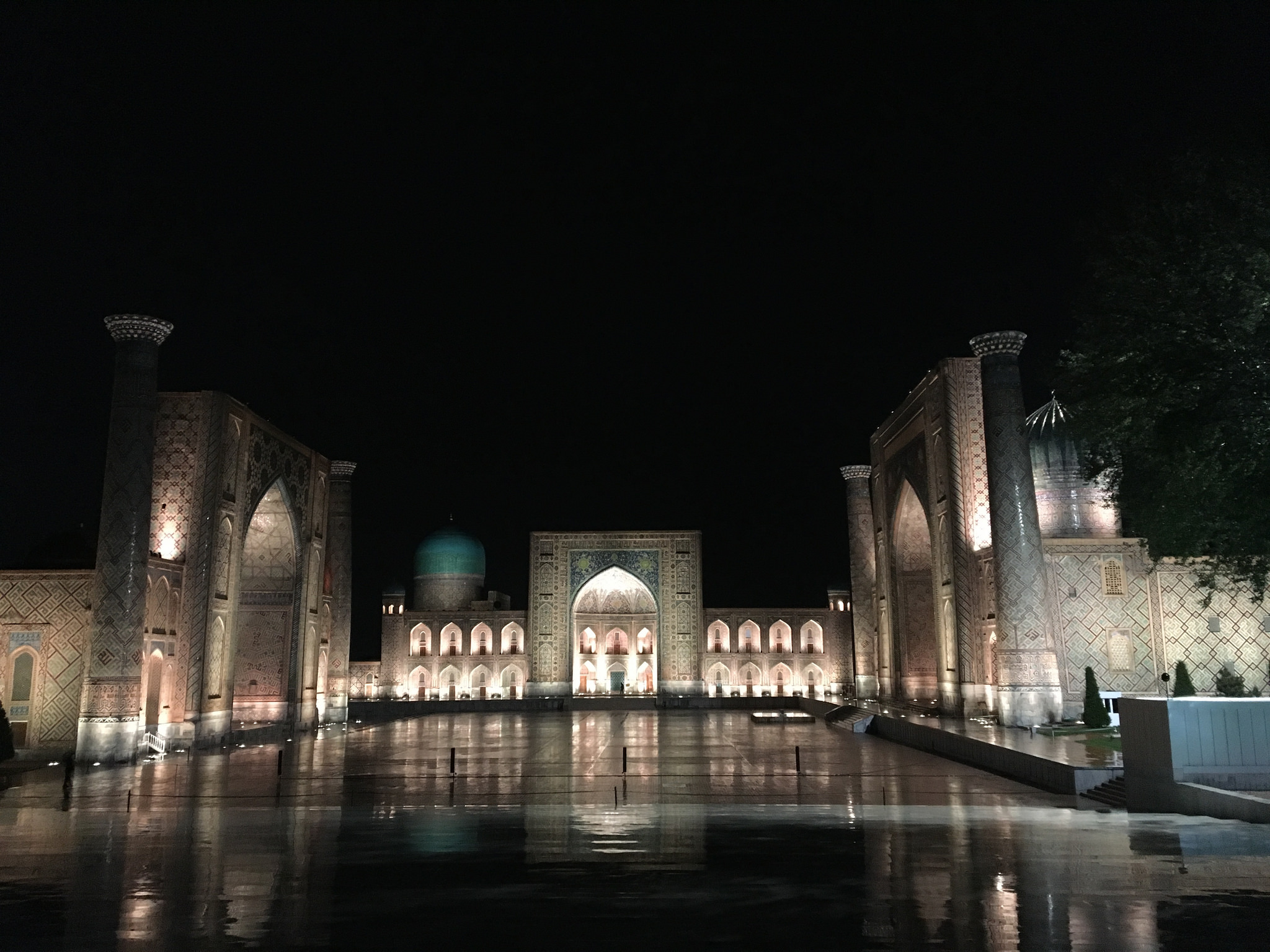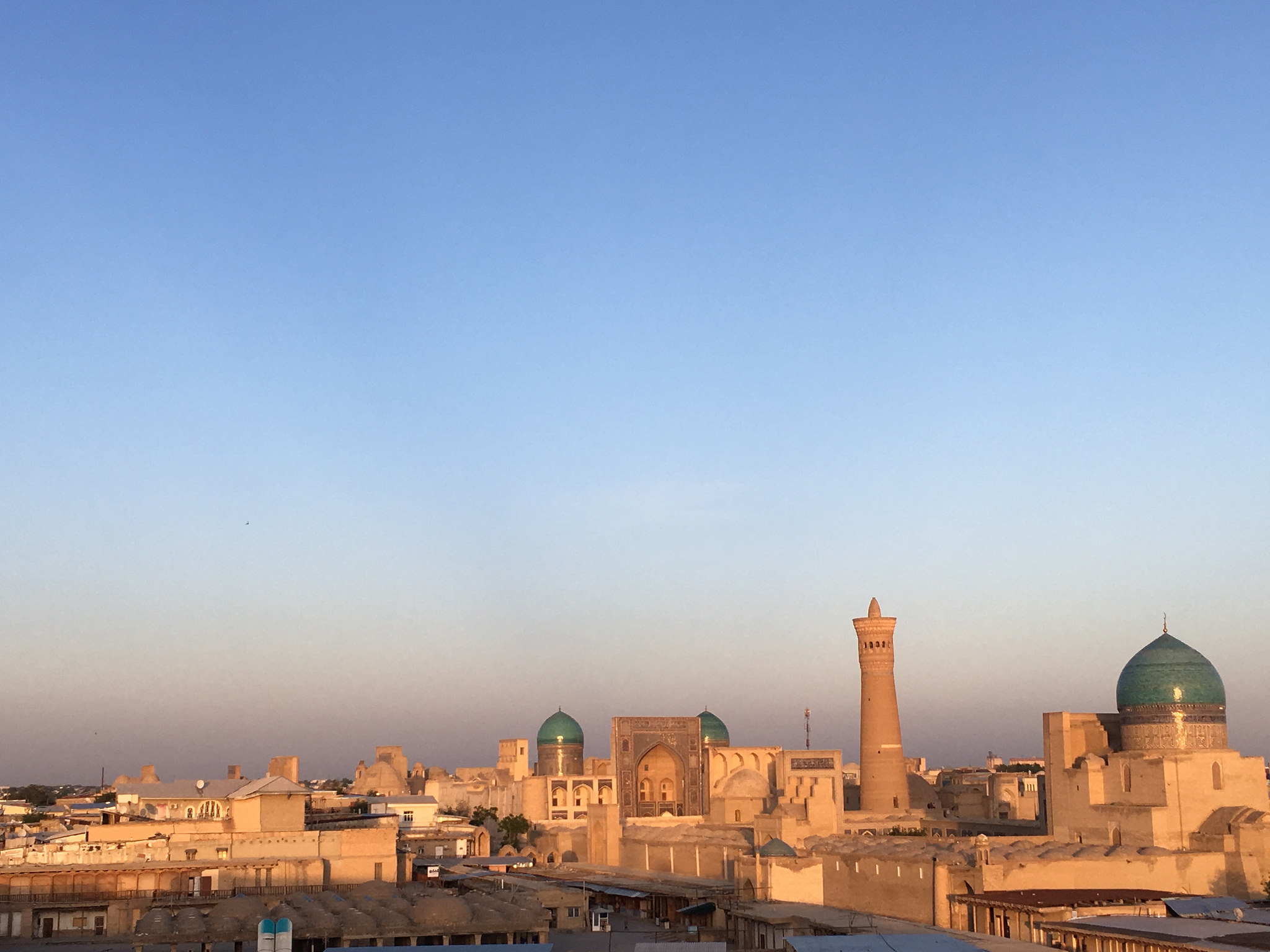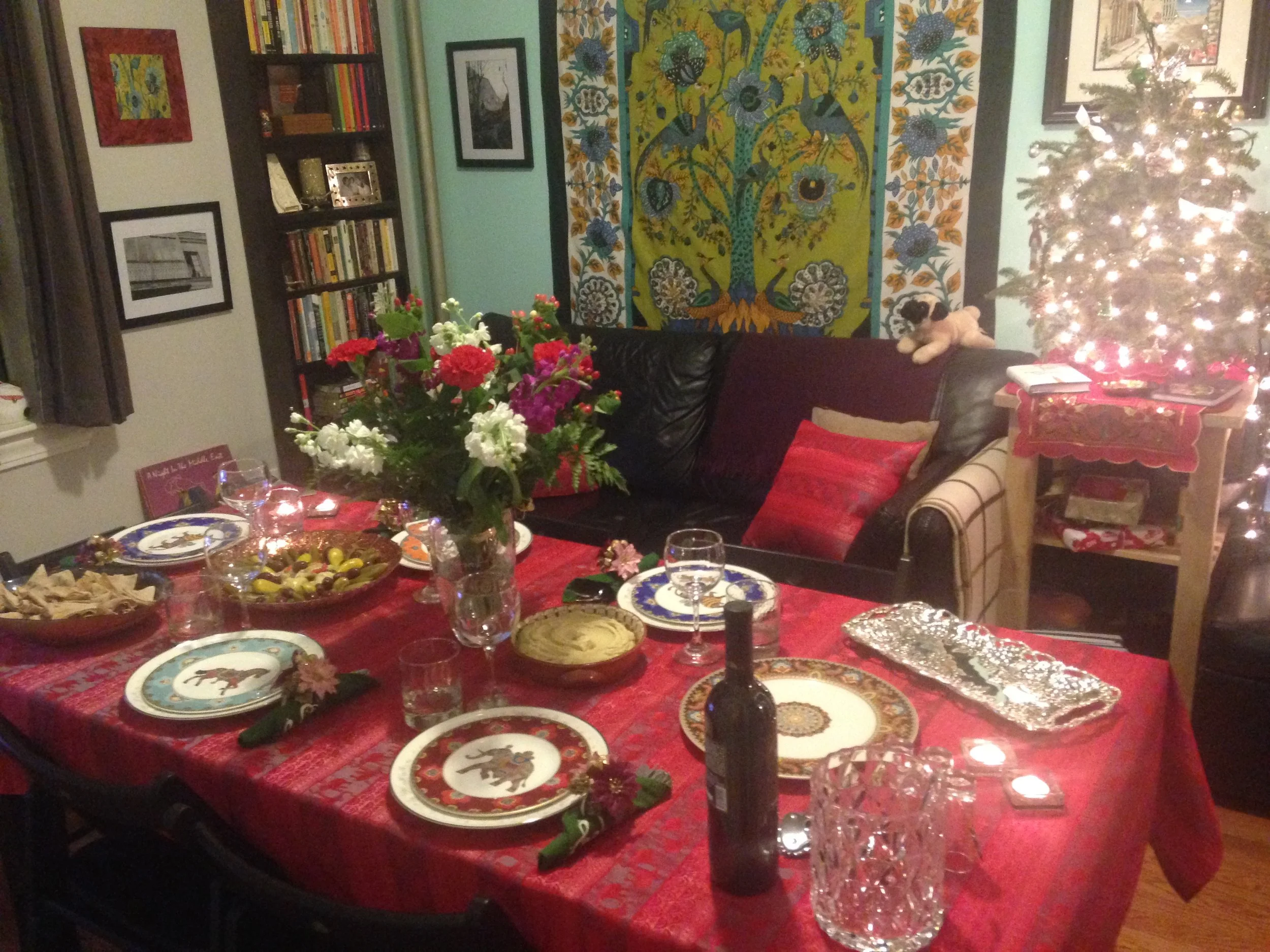What will you do in Uzbekistan?

When people ask how we chose Uzbekistan for our latest vacation, I tell them the Silk Road has been one of my husband Jon’s dream destinations for years. What can I say? I love to wander through his dreams. I’ve told him so many times that I’d love a chance to walk around in his brain and he always says “You don’t want to see what’s in there.” This time, I’m so glad I did.
I admit it took a bit of convincing to get me on board with this travel idea. Family and friends were concerned for our safety, which was a complete non-issue. We felt entirely safe, far safer than at home. For me, I was more just curious about whether it would be worth it. Is there enough to see? What is there for us to do? Will it be fun?
Here are my answers to myself.
What will you do in Uzbekistan?
You will spend two weeks traveling west and west and west from Tashkent to Samarkand to Nurata to Bukhara to Khiva and back again. You will get from here to there in all the ways that exist. You’ll take a train out of the capital that is clean and modern, like the LIRR or BART—only better, because they give out sugar-dusted biscuits full of caramel midway through the trip. You’ll walk among thousand-year old trees at Chor Chinor nature preserve. Step through a door into a tree to find an ancient classroom built beneath a ceiling of roots. You’ll take long taxi rides where your driver will stop to pick up a turtle from the road. He will become your dear pet for the next ten minutes. You’ll break up the long ride by stopping to watch cows rest on the shore of Aydarkul lake. Woman up and ride a camel through the Kyzylkum Desert. Let it stop once in a while to eat a bush whole. Climb steep mountain hills in Nurata and when you feel like you’re losing your balance and a kindly Austrian tourist offers you one of her hiking sticks, you’ll say yes, thanks. You’ll sleep in a yurt. At the end of it all, you’ll take a 17-hour cross-country train ride all the way back to where you started, knowing you’ll need one more visit to Chorsu Bazaar before you get back on a plane home.
You’ll climb minarets and see the world from incredible heights. The country is a blur of lapis blue, infinitely more rich and detailed the closer you look. You’ll see dozens of centuries old mosques, madrasahs, and architectural complexes. From far away, every façade looks like mosaic tile but close up, you’ll see that they’re often incredibly ornate painted carvings. The dimension will stun you over and over and over. The woodworkers, rug makers, Suzani textile and silk scarf embroiderers, and old school paper makers will make you leave this place feeling like everyone is born a gifted artisan. Each day at the bazaar will remind you to be a creator.
Under the great blue domes of the sprawling Chorsu market, you’ll revel in dried melon and sugared almonds. Taste every fruit, every nut. Chat to the best of your ability with the vendors who guess over and over what country you’re from. Jon will get a lot of Spanish, German, French. You, mostly Uzbek or Persian. Each and every one will marvel at the mention of New York City. When you add that you are Armenian, your face will suddenly make sense to them. They will nod to each other and compliment you in a mix of words you can and can’t understand. Smile, say thank you, and walk away proud of who you are.
You’ll make it your mission to find the Armenian church and it will warm your heart to know that your people are everywhere.
One quiet afternoon in Tashkent, you’ll have a whole art museum to yourselves. You’ll be blown away by the rich color palettes of the paintings, rugs, and tapestries. Dark and light pinks, purples, blues. Marigold for days. Rich red against faded green. All these dyes gifts of nature. This country is itself a walking museum of art.
In the afternoons you’ll eat outdoors, curling up on tapchan tables under the trees. At a chaykhana in Samarkand, you’ll enjoy your first lagman soup. It tastes like your mom’s Armenian cooking but with Chinese noodles and spices. Try manti with soy sauce and experience firsthand the curious cultural interplay of Silk Road cuisine. Share a pot of green tea and a samsa in the park. The fried dough stuffed with ground meat calls to mind a savory version of the mekitsa you and Grandma used to make when you were little, but instead of sweet dough with honey and sour cherry preserves, they’re topped with spicy chili pepper sauce. Here, chili peppers are good luck charms. For your last afternoon tea in Khiva, a sweet orange cat will climb up and join you on the tapchan for a spell.
Everywhere you go, you’ll sample the national rice dish called plov, glistening grains and sweet caramelized carrots, one time even studded with deep red barberries. You will be served these heaps of rice and stewed meat by cooks in small teahouses, families giving you a bed to sleep in in the mountains and desert, the mother of the hotel manager in Bukhara, and the old man running the dining car on the overnight train. These meals will often begin with a table full of nuts, raisins, shredded carrots piled high like orange noodles, fresh tomato salads, and bread with herbaceous yogurt dips.
In Khiva, you’ll go out to dinner and enjoy delicious comfort foods in beautiful surroundings, like mampar soup and a satisfying dish of stewed meat and carrots over green noodles called shivit oshi. You’ll order fruit tea, simple and brilliant. Pressed fresh apples, lemons, mint leaves. You and Jon will look across the table at each other and think, “Of course. How do we not do this all the time?” The lemons here are tinted and sweet like oranges.
One night, in between home cooked meals and exhausting epic walks through Samarkand under the beating sun, you’ll cobble together a romantic grocery store meal of whatever packages you can read: braided bread filled with shredded cooked apples, pre-sliced cheese, odd flavored junk food (paprika Pringles and shashlik croutons), a couple bottles of Pepsi, and a Mars bar to share. You’ll eat under the covers in your side-by-side twin beds, watching the inspiring story of Norway’s Magnus Nilsson on Chef’s Table on your iPhone until sleep takes over.
In one of these moments resting after a long day, you’ll write in your journal:
“He’s asleep next to me right now and I’m so very aware of how much I love him. Happy Birthday to this charming foreign enigma with the camera. Tonight we’ll go watch the lights at Registan and I’ll hold him close and tell him I love him 34 times.”
On your last day, your hotel manager will take you to the market to buy extra luggage because you’ll have as many treasures to bring home as a legitimate Silk Road caravan trader. He’ll also show you where to get a kilo of good strawberries to snack on while you’re packing. You’ll wash them in the kitchen and leave a big bowl for the hotel staff. Jon will race back to Chorsu with the last of the cash to finally buy the musical instrument his heart has been set on all along. You’ll pack your bags and go to bed for a few hours knowing that yes, the trip was worth it. There was so much to see. There was so much to do. And it was fun.


